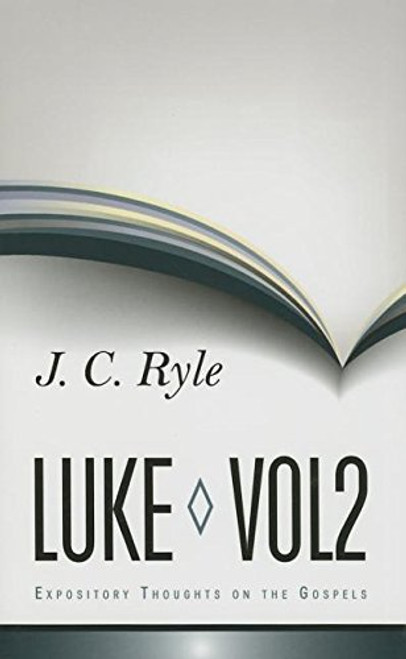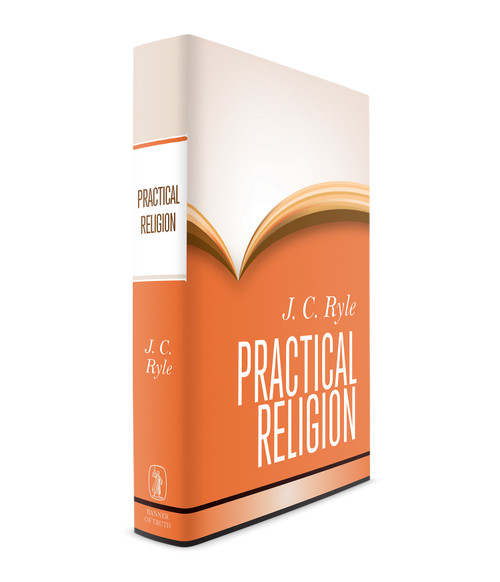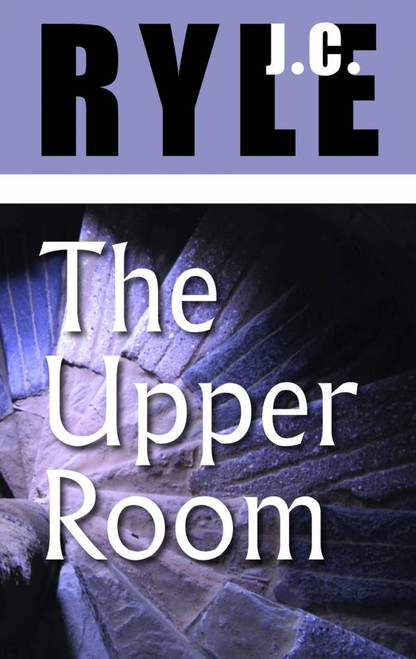Within a year of publishing Mark in his Expository Thoughts on the Gospels series, J. C. Ryle had, in 1858, completed the Gospel of Luke.
This was a much more 'substantial' commentary than the earlier ones on Matthew and Mark, and comprehensive 'explanatory notes' were appended to the author's 'thoughts' on each passage of Scripture. The purpose of the notes was four-fold-(i) to 'throw light on difficulties' in the text; (ii) to provide literal meanings and comparative translations of certain of the Greek words used by Luke; (iii) to quote what other 'approved writers' had said on particular passages; and (iv) to use Scripture to 'combat existing false doctrines and heresies'. Because of this, the Expository Thoughts on the Luke were – and are in this new edition – presented in two volumes, the first covering Luke chapters 1-10, the second chapters 11-24.
Written specifically for a non-Jewish readership, Luke's Gospel is perhaps the most 'accessible' of the narratives of the life of Christ for modern readers. Ryle's desire for his readers mirrors that of Luke 1:4, that they might gain 'a more clear knowledge of Christ, as a living person, a living priest, a living physician, a living friend, a living advocate at the right hand of God, and a living Saviour soon about to come again'.






